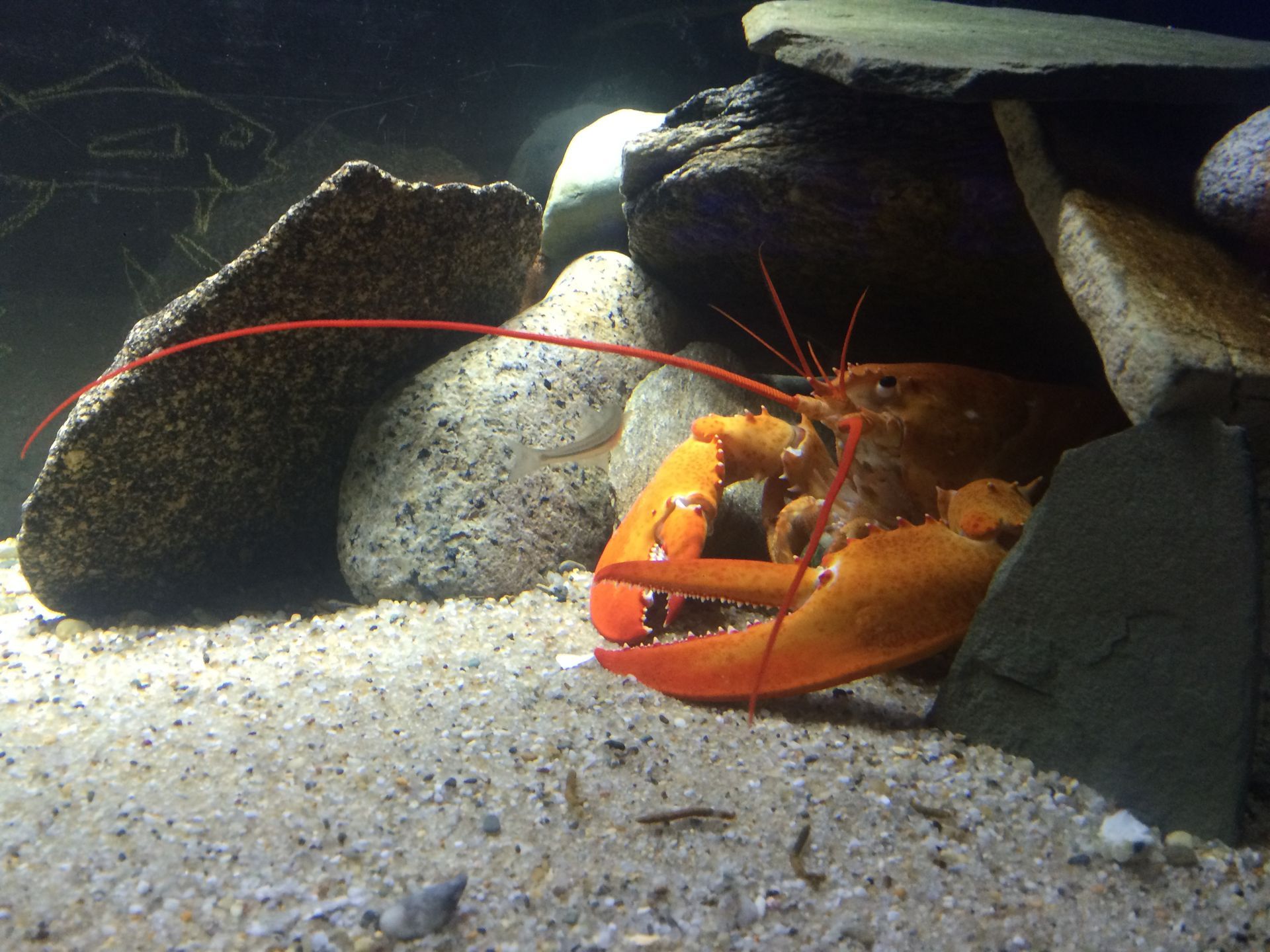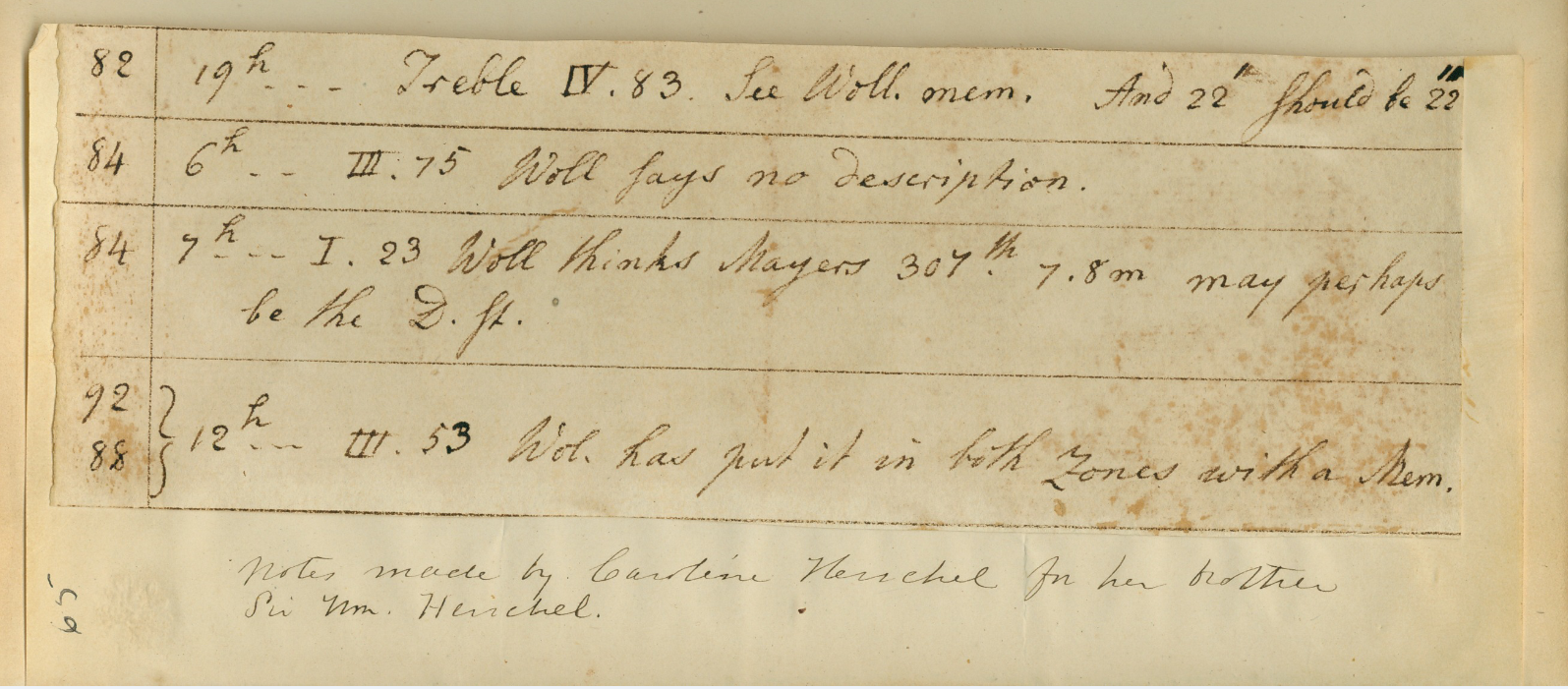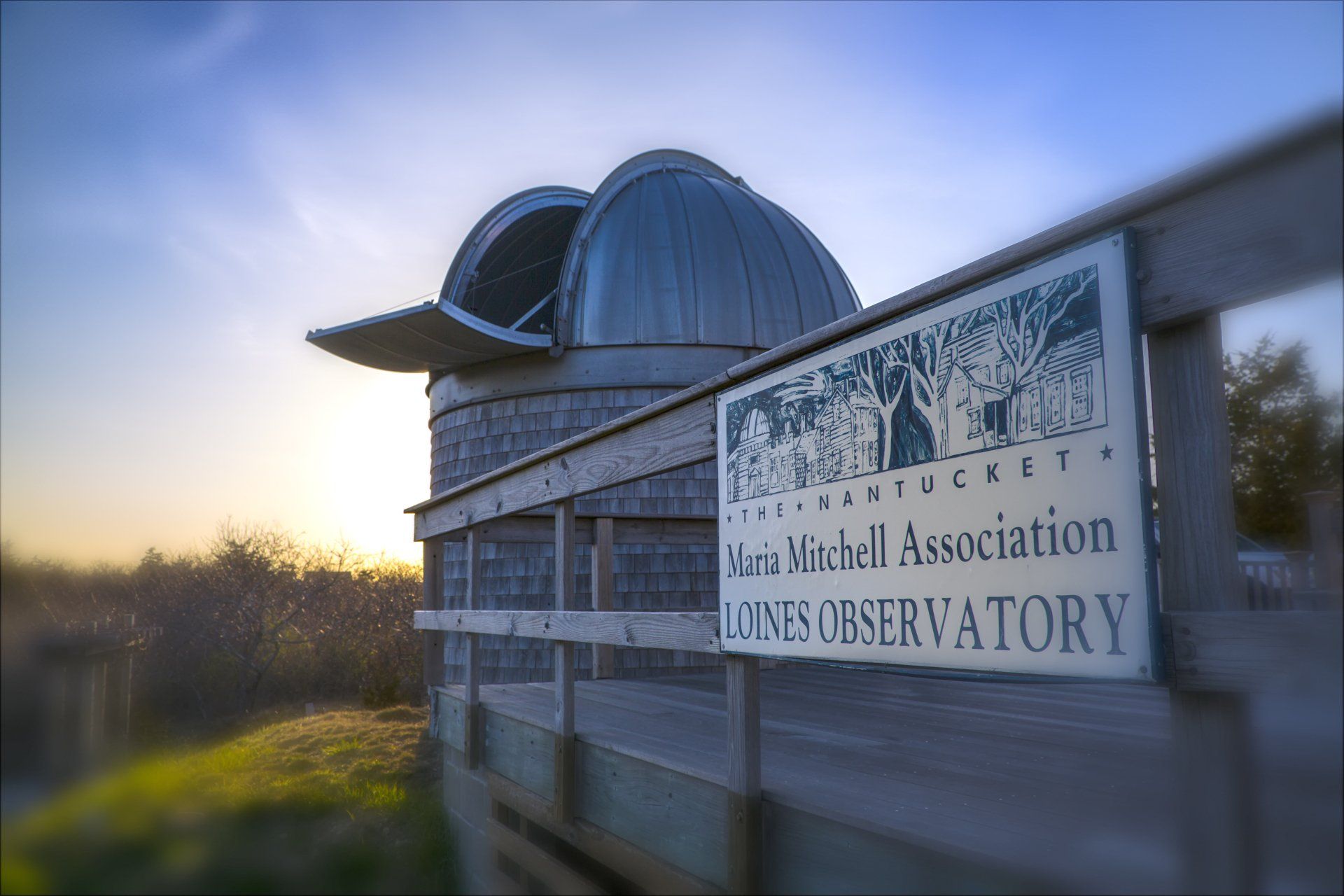William Forster Mitchell (1825 – 1892)
This summer, I created a small exhibit in the Maria Mitchell Vestal Street Observatory to highlight some of the other Mitchell family members. We were celebrating the renovation of the Seminar Room addition at the MMO – completed with a gift from MMA board member and Mitchell family descendant, Richard Wolfe. Mr. Wolfe is a descendant of Maria Mitchell’s younger brother, William Forester. I have mentioned him before but thought I would share some more details of another remarkable member of the Mitchell Family.
Named by his parents, William and Lydia Mitchell, for the famous English Quaker, Forster as he was called was educated like his siblings – in his father’s schools, at home, and in Quaker-led schools on the island. Forster married Charlotte Coffin Dow in 1846. While he left Quaker meeting – as all of his siblings did – he later returned with a reinstatement by the Meeting. Following in the footsteps of his father, Forster became a teacher serving at several schools, including heading a Penn Charter School in Philadelphia and helping a financially floundering school for people of color in Philadelphia. Forster served as Haverford College Superintendent from 1861-1862 and then was made principal at the Roberts Vaux Public School in Philadelphia. An abolitionist and educator, he became a supervisor and teacher in the Freedmen’s Aid Commission, working in the South with formerly enslaved people. His daughter, Annie Maria joined him in his work there for several years.
Founded in 1859 during the Civil War, the Commission was created by several religious denominations that hired teachers and provided housing so that they could establish and run schools in the South to help and support those who had been enslaved. The Commission also assisted formerly enslaved peoples with finding jobs, housing, and basic necessities for life. The work of the Commission’s teachers helped to raise the literacy rate of the formerly enslaved people by an incredible amount – it founded over 500 schools and colleges in the South where the newly freed could gain professional degrees as well. Children, men, and women all attended the schools to learn to read or to improve their limited literacy. Forster Mitchell found himself a part of a Commission that included many Quakers and quite a few Nantucketers, including island teacher Anna Gardner.
As a young man, Forster apprenticed to his uncle, Peleg Mitchell Jr – William Mitchell’s youngest brother – who owned a tinsmithing shop. His apprenticeship proved very useful, as Forster became a founding faculty member at Howard College (now University) where he taught tinsmithing in the Industrial Arts Department – a craft he learned from his Uncle Peleg. In ill health later in his life, Forester returned to Nantucket at the invitation of his younger brother, Henry, who had a home on the Cliff called Sunnycliff. Forster would die on Nantucket, in another house down the street from Henry, in 1892.
JNLF
Recent Posts





